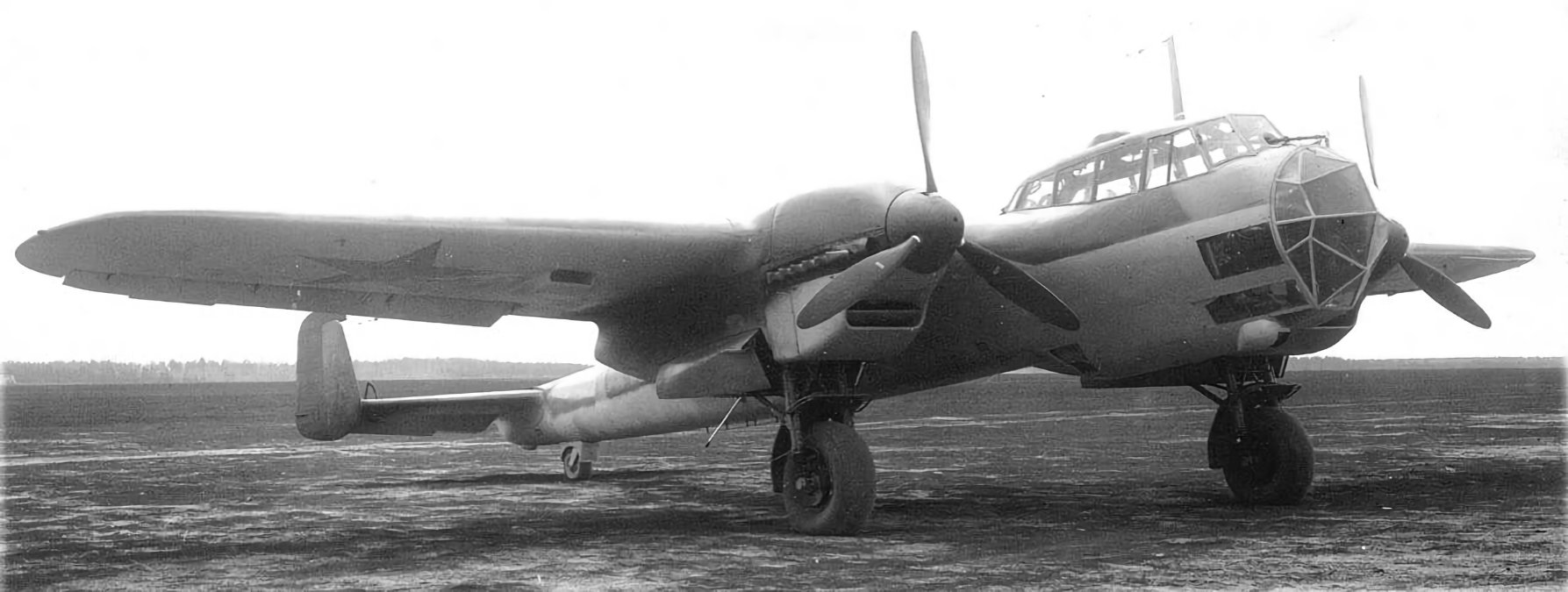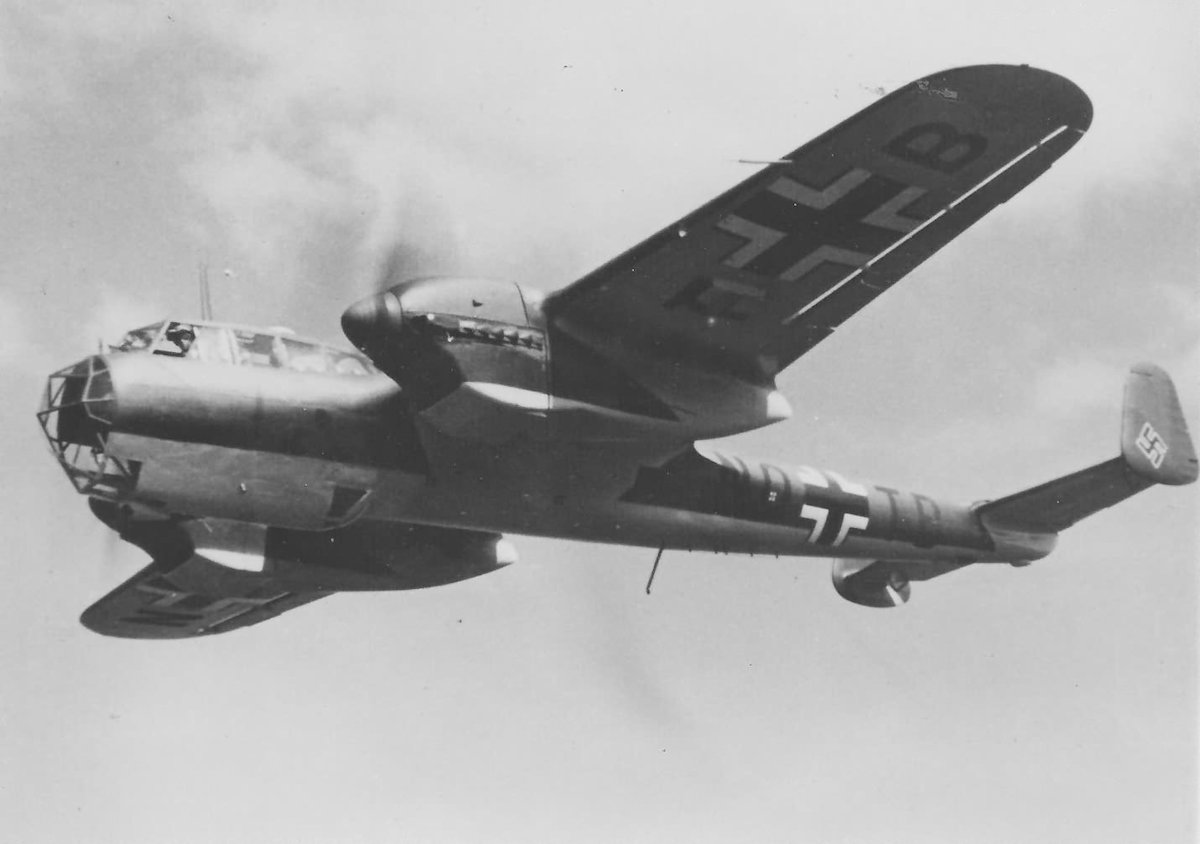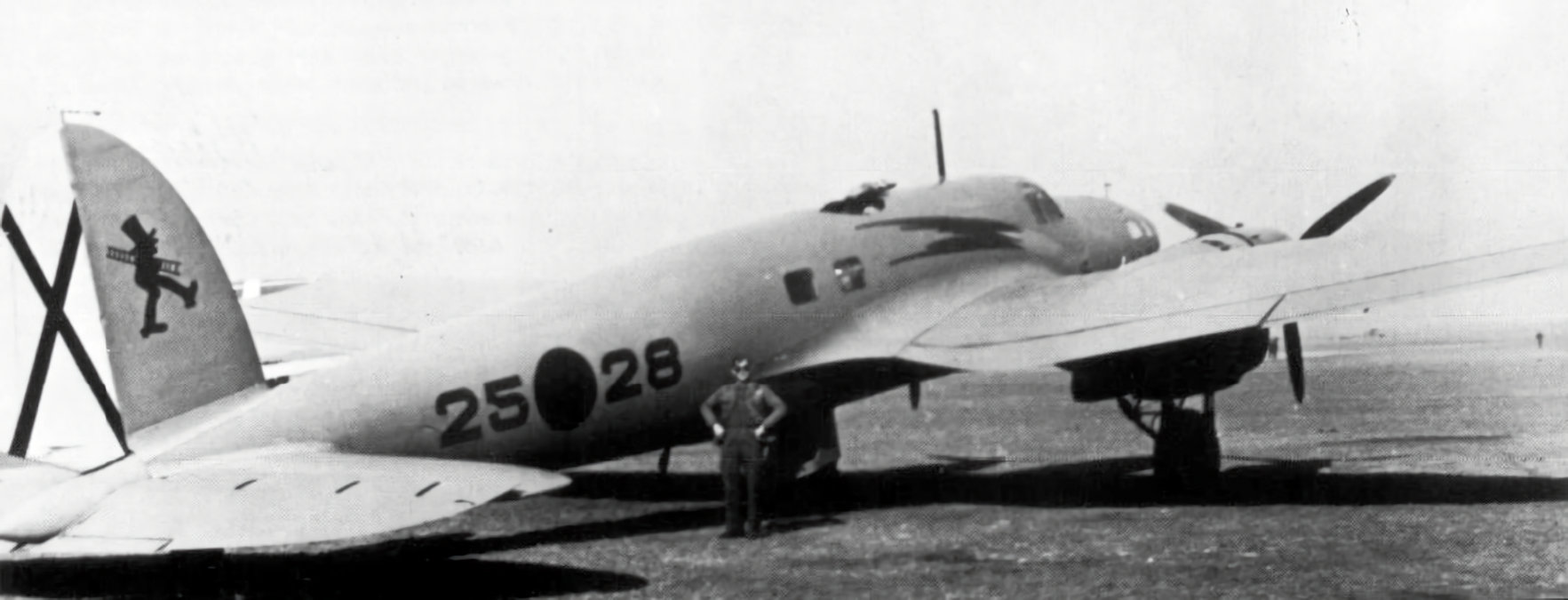Tag: bomber
-
Dornier Do 215 in Soviet Service

Dornier Do 215 in Soviet Service The Soviet Union purchased two Dornier Do 215 B-3 long range reconnaissance aircraft for evaluation. Originally ordered as Do 215B-2s by the Luftwaffe, which had cancelled its order in favour of the Junkers Ju 88 and Heinkel He 177, they were redesignated Do 215B-3s. They were not equipped with… Read more
-
Dornier Do 215 in Luftwaffe Service

Dornier Do 215 in Luftwaffe Service The Dornier Do 215 was designed as an export version of the successful Do 17 bomber. Three prototypes were built: The V1 was essentially the same as the Do 17Z ans ws powered by Bramo 323 Fafnir radial engines; The V2 was powered by Gnome-Rhône 14-NO radial engines, while… Read more
-
Heinkel He 111 in Spanish Service

Heinkel He 111 in Spanish Service As part of Nazi Germany’s support for the Nationalist forces in the Spanish Civil War, an air component of volunteer crews was established as the Legion Condor. Initial Legion Condor bomber strength was composed of Junkers Ju 52. However these proved vulnerable to Republican Polikarpov I-16 fighters. In response,… Read more